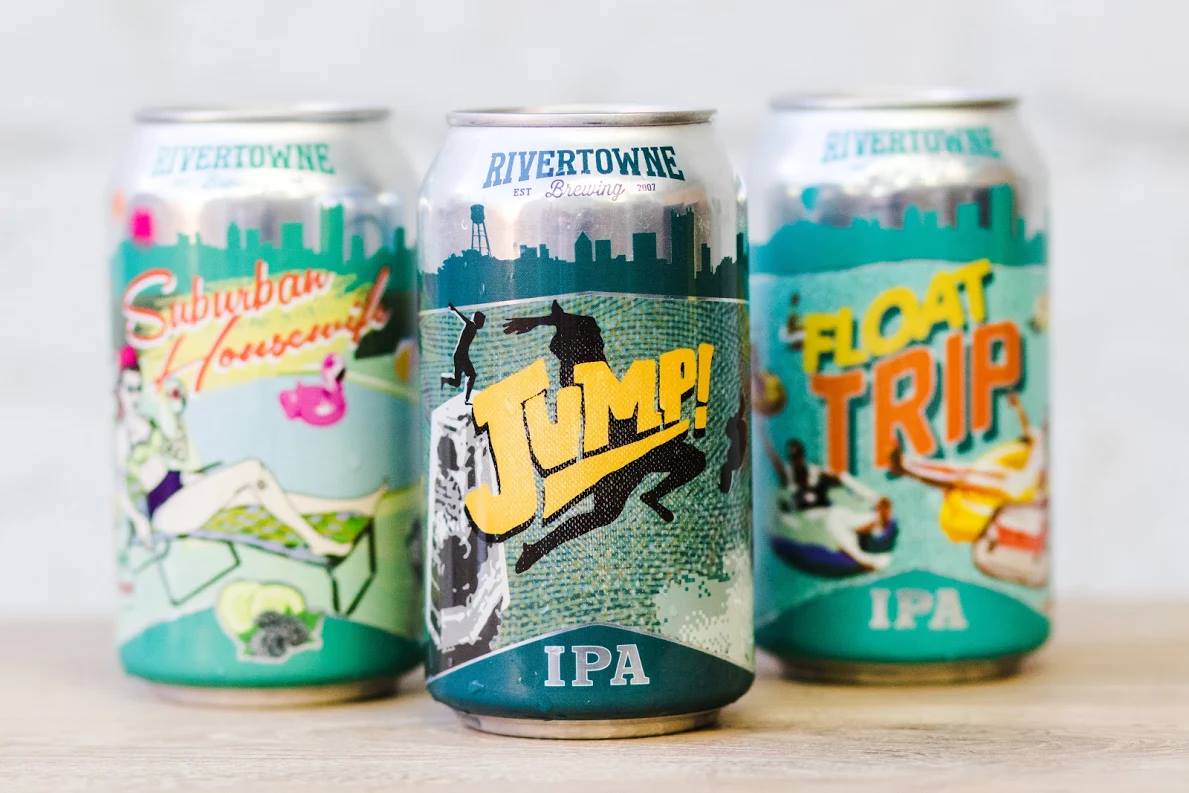What the heck is an IPA?
IPA’s, or Indiana Pale Ales, are a favorite among craft beer lovers and local brewers. But what makes it so popular? There’s a lot that goes into a good IPA. Even avid IPA drinkers probably don’t know the ins and outs of how it came to be.
1. What Makes an IPA an IPA?
Not everyone puts that much thought into classifications of beer. If it tastes good, drink it. But for those who love knowing more about craft beers and all their wonder, what even is an IPA? To put it bluntly, it is a heavily hopped beer style of pale ales. But as the beer style has grown, so have the variations and artisan craft involved in making a balance IPA.
2. They’ve Been Around a Long Time
Pale ales have been in in productions since at least the 18th century. It wasn’t just enjoyed by troops in the British Army, as the usual myth goes. It was enjoyed heavily, though, by the upper classes of Europe settled in India.
3. What’s a Double IPA? Triple? Quad?!
Double IPA’s, also called Imperial IPA’s, take a regular IPA and amplify it with a bigger malt and hop profile. The alcohol content usually greater, too. Breweries have taken it to another level developing Triple and Quad IPA’s that are much less commercialized and a higher alcohol content.
4. Being an IPA Doesn’t Mean It Has to Have High ABV
There’s a common misconception that if it’s an IPA, you’ll be feeling it because of a higher alcohol strength. That’s not the case for a lot of IPA’s. In fact, Session IPA’s are becoming more and more popular for their medium strength and smoother finish.
5. There Are a Lot of Different Types of IPA’s
Craft beer is about creation. IPA’s are no exception to local breweries putting their twist on the pale ale. Most IPA types are based off of the location they were brewed at such as the East or West Coast. Some citrus ingredients like grapefruit have become such standbys that they have paved their own category. The most popular IPA variants based off of countries are British, American, and Australian IPA’s.
6. What’s an American IPA?
It’s a variation of the British India pale ale, started in the 1970s and uses distinct fruity and earthy aromas that come from American hops. It usually has a warm golden color.
7. Continuous Hopping and Dry Hopping
Hops are traditionally added at 3 different intervals during the brewing process. First, at the start of the boil for bittering. Second, half way through the boil as the flavoring hops. And third, at the end of the boil or at “flame out.” These are for aroma. For continuously hopped IPA’s, brewers are continuously adding hops at a set interval during the entire boil. With dry hopping, hops are added after this, between fermentation and packaging.
8. New Techniques are Hitting the Market
IPA’s are about hops. As mentioned, there’s always been continuous hopping and dry hopping as the popular ways to brew that classic taste, but new methods are getting attention. While traditional IPA’s will consist of different hop varieties, some use just one to highlight specific flavors. These are called Single Hop IPA’s. Some breweries are trying out new brews without any hops and instead use hop oil in their brewing process.


